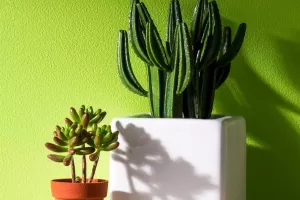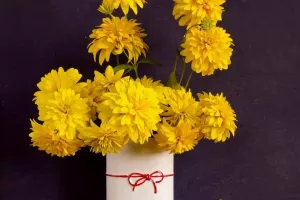Longevity flowers have dense green leaves, bloom in late December, cluster, and rich in colors. They are one of people’s favorite indoor potted flowers. This flower was introduced into Europe from southern Africa by German R. Blossfeld. But they were not widely cultivated in Europe until the 1930s.
Longevity flower ranked third in potted flower production in Holland, the world's largest flower exporter, in 1995. In Denmark, potted longevity flower has become the top of potted flowers, and its output and output value rank first. It shows that longevity flower plays an important role in potted flowers and has become one of the fastest growing potted flowers in the international flower market.
Longevity flowers are native to Madagascar, Africa. They like warm, slightly humid, and sunny environments. They are not cold resistant, and the suitable temperature for them to grow is 15-25 ℃. If the high temperature exceeds 30 ℃ in summer, their growth will slow down. In winter, the suitable indoor temperature should be 12-15 ℃. If the temperature is below 5 ℃, their leaves would turn red, and the flowering period would be delayed. Longevity flowers are drought resistance, lax requirements for soil, but fertile sandy loam is better for them. They are short day plant, which is sensitive to photoperiodic reaction. The flower buds can bloom in 3-4 weeks under the sunshine for 8-9 hours every day.
Longevity flowers usually bloom around new year time, and the flowering period is very long, so they have become "holiday flowers" to set off the festive atmosphere. This kind of flowers has high ornamental value so do their leaves when the flowers’ not blooming. They are very ideal indoor potted flowers.
Since the flowering period is very long, longevity flower represents long live. They are suitable gift for the elderly to express your blessings and wish the elderly good health and long live.


